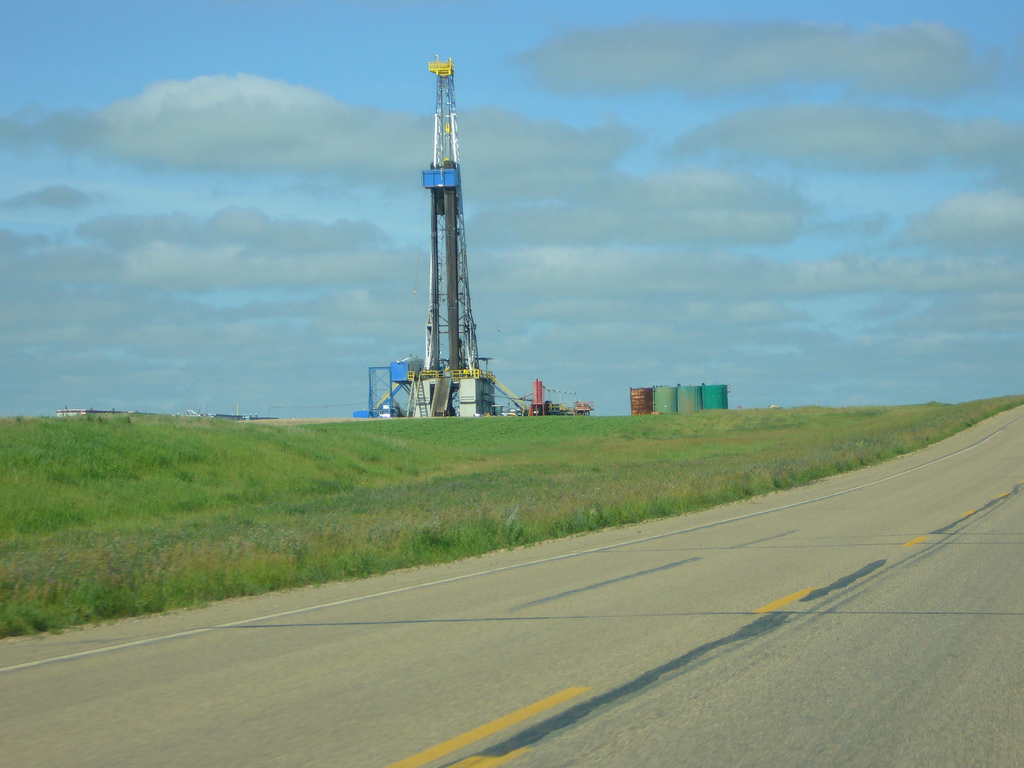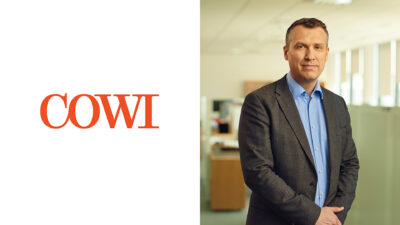Canadian firm partners with U.S. DOE on metal extractions from geothermal brine
The objective of the program is to evaluate, develop and demonstrate flexible, scalable mineral extraction technology for geothermal brines based upon solid phase sorbent materials
In a recent press release, Star Minerals Group Ltd. announced it has signed a multi-party agreement to participate in a research project aimed at recovering rare earth elements, precious metals and other critical materials from geothermal brines using advanced sorbent structures. The research is being managed by Pacific Northwest National Laboratories (“PNNL”) located in Richland, Washington with the majority of project funding coming from the US Department of Energy (“DOE”) and the Office of Energy Efficiency and Renewable Energy (“EERE”). In addition to PNNL, the DOE, EERE and Star, other project participants include Barr Engineering Co. (“Barr”) of Minneapolis, MN and the University of Oregon, Eugene OR.
The objective of the program is to evaluate, develop and demonstrate flexible, scalable mineral extraction technology for geothermal brines based upon solid phase sorbent materials. Techno-economic modeling will be done to determine the conditions where the developed technology is viable. The technology will enable effective extraction of strategic/critical metals while providing an economic benefit to the geothermal operation. Metals of interest include the rare earths, in particular “heavy” rare earths, gold, silver and platinum group metals, zinc, manganese, tellurium, scandium, selenium and uranium. Star’s goal is to help develop an economically viable technology that allows the Company to achieve its overall corporate goal, and primary focus, of developing sources of strategic metals for downstream use in “green” energy technologies.
The research program is scheduled over a 2-year period with all participants providing time and/or funding to the project. Star’s contribution is US$150,000 over the 2-year period along with consulting time. The total project budget is estimated at US$650,000.
Jim Engdahl says, “Star is excited about the potential of this research project. With political and environmental forces, worldwide, making it increasingly difficult to carry out conventional mining, this may well be how primary metal is produced in the future. At the very least it provides us with another way to recover some of these critical materials that are difficult to produce conventionally, while at the same time cleaning up waste streams going back into the ground.”
Source: Press Release by Star Minerals


















